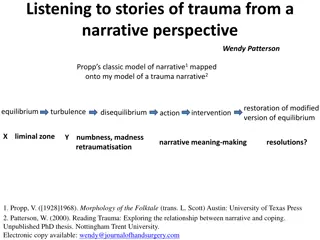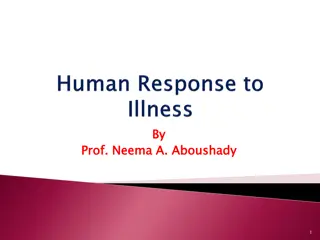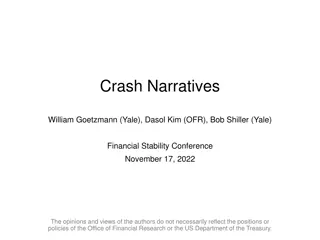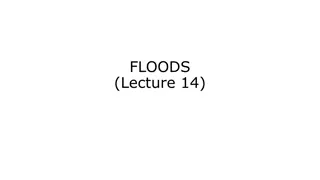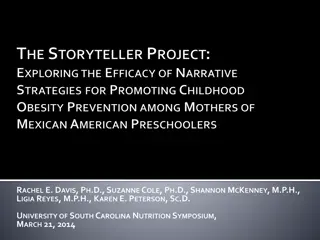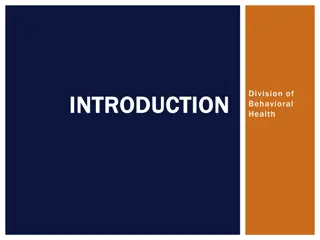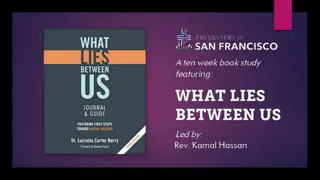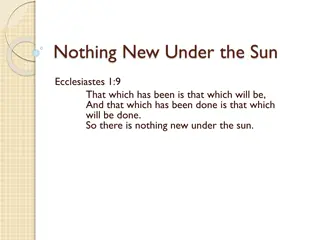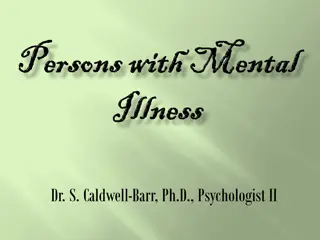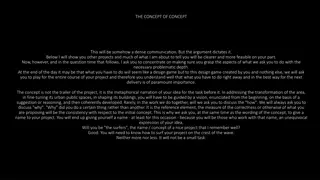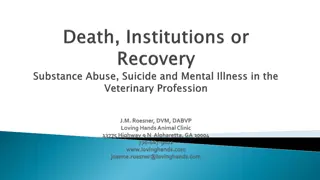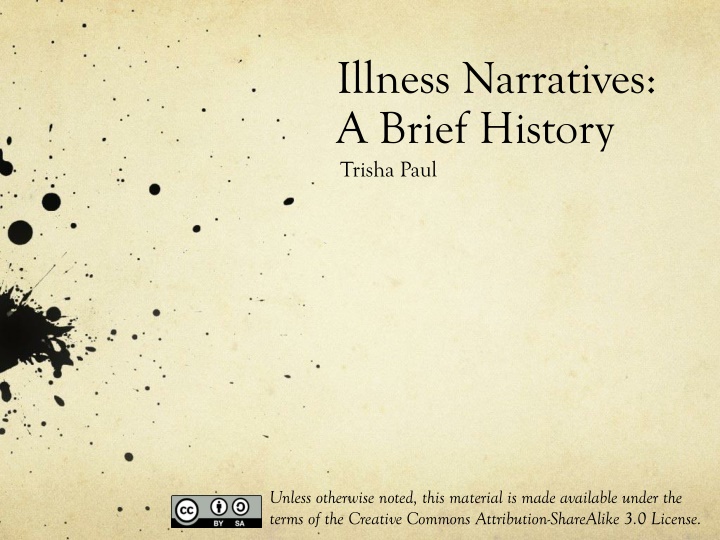
Illness Narratives: Evolution, Distinctions, and Impact
Explore the origins and evolution of illness narratives, the distinction between disease and illness, and the emergence of pathographies. Delve into how these narratives have shaped our perceptions of health and the human experience.
Uploaded on | 3 Views
Download Presentation

Please find below an Image/Link to download the presentation.
The content on the website is provided AS IS for your information and personal use only. It may not be sold, licensed, or shared on other websites without obtaining consent from the author. If you encounter any issues during the download, it is possible that the publisher has removed the file from their server.
You are allowed to download the files provided on this website for personal or commercial use, subject to the condition that they are used lawfully. All files are the property of their respective owners.
The content on the website is provided AS IS for your information and personal use only. It may not be sold, licensed, or shared on other websites without obtaining consent from the author.
E N D
Presentation Transcript
Illness Narratives: A Brief History Trisha Paul Unless otherwise noted, this material is made available under the terms of the Creative Commons Attribution-ShareAlike 3.0 License.
What are illness narratives? Expressions about or around the experience of being ill Can take many forms Art Film Dance Literature Can be told from a variety of different perspectives Health professionals Loved ones Those with illness
Disease vs. Illness Distinction coined by sociologist Arthur Kleinman (1988) in Illness Narratives: Suffering, Healing, and the Human Condition Disease Pathological and biological condition Primary concern of medicine Rooted in the physical body Illness Innately human experience of symptoms and suffering (1) Social and cultural effects of living with disease Personal and subjective experience of illness
Where did they come from? Illness narratives surfaced in the 1970s Factors that contributed to increased illness narratives Evolution of medicine Evolution of narrative
Evolution of Medicine Technology advances Progression of scientific research Growing emphasis on treating the disease in medicine Bodily disorder privileged Increased medicalization of death Death moves from the comfort of one s home to the hospital setting
Evolution of Narrative Until 1950s, autobiography as accurate and undisputable account of the cohesive self 1960s: self as socially and culturally constructed, begins to disrupt traditional autobiographical representations 1970s: autobiography increasingly focuses on the self in discord Increasingly embraced by women s studies, ethnic studies, African American studies, Holocaust studies Method of giving voice to the experiences of marginalized populations
Emergence of Pathographies Literary scholar Anne Hunsaker Hawkins (1999) in Reconstructing Illness: Studies in Pathographies autobiographical or biographical narrative about an experience of illness (229) Narratives arose in response to the increased medicalization of illness Patient empowerment through expression
Illness Narratives Today How do you think the genre may have evolved over the years? What are some of the current controversies surrounding illness narratives today? Keeping in mind Frank s illness narrative categories, how do you think the kinds of narratives we tell might have changed, if at all?
Works Cited Charon, Rita. Narrative Medicine: Honoring the Stories of Illness. Oxford: Oxford UP, 2006. Hawkins, Anne Hunsaker. Reconstructing Illness: Studies in Pathography. West Lafayette, IN: Purdue UP, 1993. Kleinman, Arthur. The Illness Narratives: Suffering, Healing, and the Human Condition. New York: Basic, 1988. Print.



